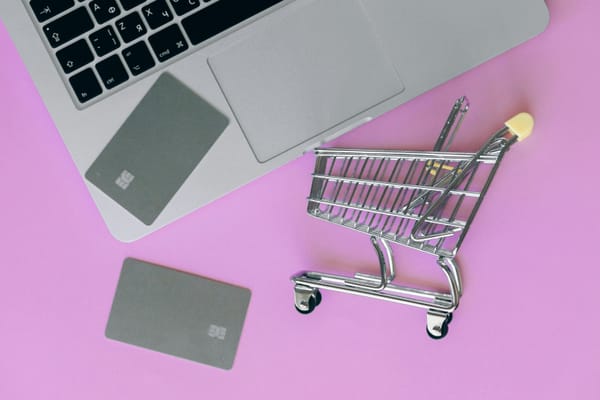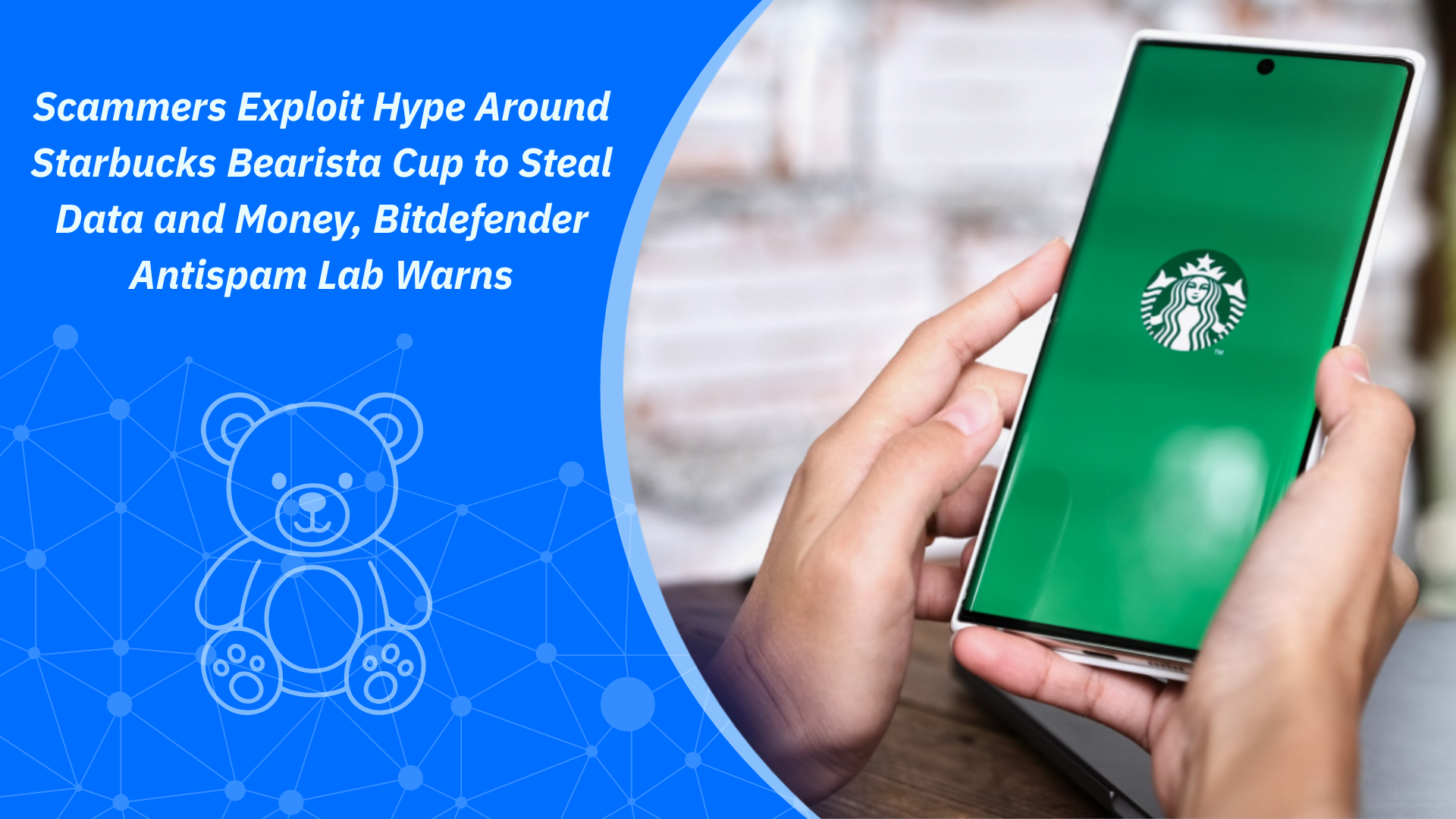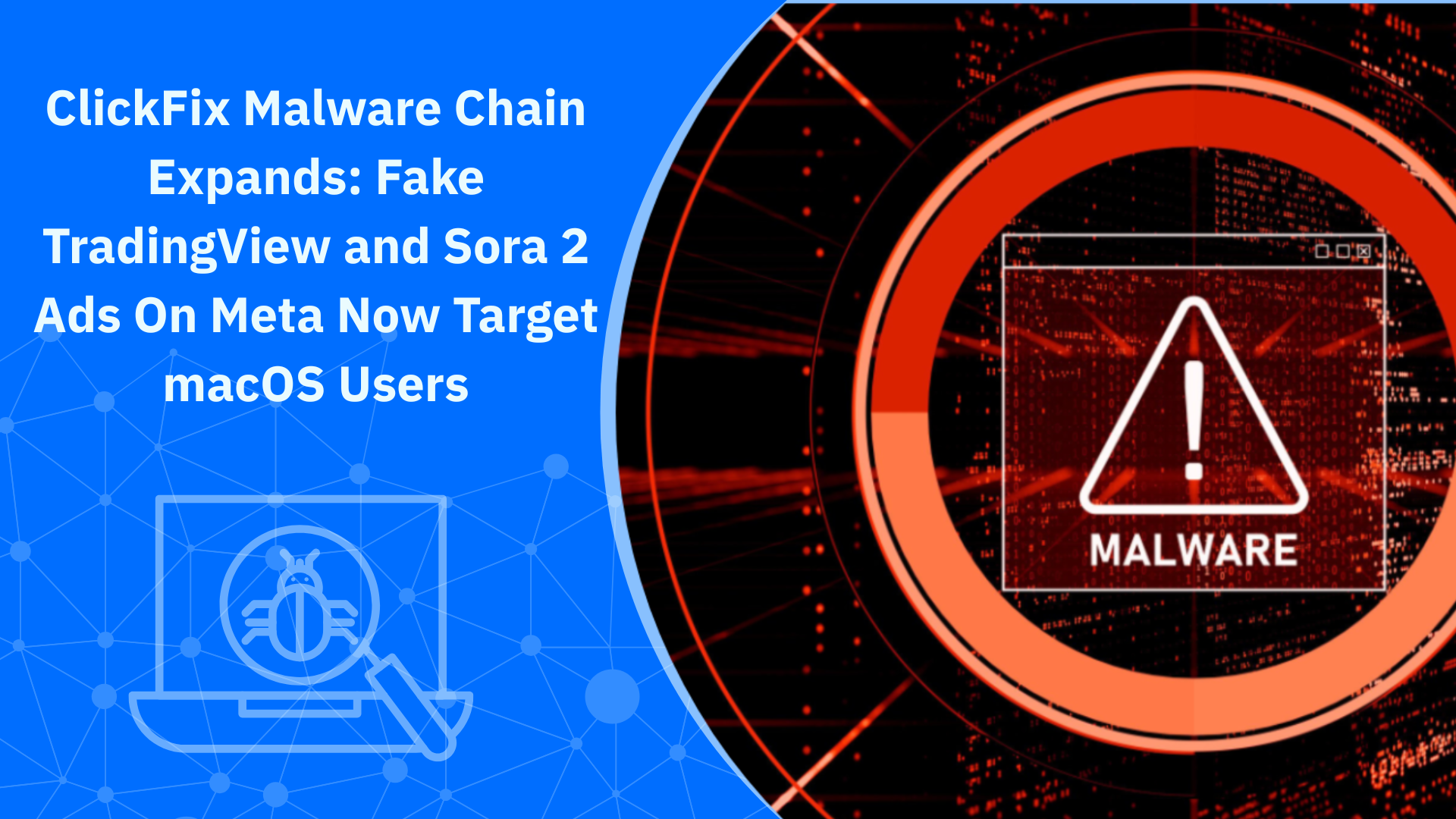How to Sell on Shopify: Setup, Pricing, and Safety Tips

Shopify makes it straightforward to launch and run a store. Whether you’re moving a tiny side-hustle online or turning a hobby into a real business, it gives you the tools to build a store, take payments, ship orders, and sell in person—all in one place. In 2025, independent trackers* estimate there are roughly 2.7 to 6.1 million live Shopify stores worldwide. The exact count depends on how those trackers measure things like unique domains and subdomains, but the takeaway is clear: there’s a huge ecosystem of tools, apps, and buyers already on Shopify and plenty of room for new sellers to join.
The countries with the most Shopify stores include the United States (2,674,044), the United Kingdom (191,503), Australia (137,952), Germany (132,826), and Canada (107,475).
What is Shopify
Shopify is a commerce platform that lets you build a professional store and run the day-to-day from one place. You design your website, list products with photos and variants, and connect a custom domain. Checkout and payments are built in—most sellers start with Shopify Payments—so you can accept cards and local wallets without wiring up extra services. Behind the scenes, Shopify keeps your catalog and inventory in sync, helps you set taxes and shipping, and lets you print labels or offer local pickup and delivery. If you also sell in person—at a market or a retail counter—you can use the Shopify POS app and a card reader so online and in-store sales share one system.
To grow, you’ll find simple tools for discounts, email, and basic analytics, plus an app store with thousands of add-ons when you need something extra. Start with the essentials and add features as your business gets busier, rather than juggling a pile of separate tools from day one.
How does Shopify work?
Shopify is the engine behind your store. You sign up, pick a theme that fits your brand, and connect a domain so customers can find you. From there, you add products with prices, photos, and options like size or color. Payments are built in, so you can start taking card and wallet payments without wiring together extra tools.
Shipping and taxes live in the same dashboard: you set delivery options, print labels when orders come in, and let Shopify calculate the right tax at checkout.
Everything runs off a single, shared database. If someone buys the last medium T-shirt on your website, the stock level updates everywhere: your online store, your Instagram shop, and your point-of-sale if you also sell in person.
Orders, customers, and inventory sit in one place, so you aren’t copying data between systems. When you’re ready to grow, you can add apps for reviews, email, or subscriptions, and you can switch them off if they don’t earn their keep. The idea is simple: one login, one dashboard, and fewer moving parts to break.
How much is Shopify
Shopify has three main plans for small businesses. Prices vary by country and by whether you pay monthly or yearly, but typical U.S. pricing looks like this: Basic from $29/month on a yearly plan (or $39 month-to-month), Grow from $79/month yearly (or $105 monthly), and Advanced from $299/month yearly (or $399 monthly).
New stores can start on a free trial to test the dashboard, add products, and run a test checkout before choosing a plan. Common extras include POS Pro for advanced in-store features at $89/month per location, a temporary 0.5% fee to show cross-border duties and taxes at checkout, and third-party payment gateway fees if you don’t use Shopify Payments—2% on Basic, 1% on Grow, and 0.6% on Advanced.
Prices and promotions change by region, so it’s worth checking the live pricing page before you decide.
How to sell on Shopify in 10 steps
Here’s the shortest path from zero to your first sale, with a bit more detail at each step.
- Decide what you’re selling and how you’ll fulfill it (your own stock, print-on-demand, digital goods, services). Check your margins, shipping weight, and lead times so you’re not surprised later. If you can, order a sample to test quality and packaging.
- Start a free trial and choose a plan once you’re comfortable. Use the trial to learn the dashboard, import a few products, and run test checkouts. Pick the lowest plan that covers today’s needs; you can upgrade when sales grow.
- Pick a theme and set the basics: logo, colors, menus, policies, and legal pages. Choose a fast, mobile-friendly theme and keep navigation simple. Write plain policies (shipping, returns, privacy) so buyers know what to expect.
- Add products with great photos, clear pricing, and variants (sizes, colors). Lead with benefits in the first sentence and add specifics like materials and care. If writing slows you down, draft in Shopify Magic and edit for accuracy and tone.
- Set up payments (Shopify Payments is simplest for most beginners). Turn on major cards and local wallets your customers use, then run a test order to confirm payouts flow to your bank. Keep your business name on statements clear to avoid chargebacks.
- Configure shipping, delivery, and taxes. Start with simple, predictable rates or a free-shipping threshold. If you sell cross-border, show duties and taxes at checkout so buyers see the full cost before paying.
- Connect a domain and preview your store on mobile. Set your branded email (orders@ or hello@) and add a favicon so the site looks finished. Click through every page on your phone and fix anything that feels slow or confusing.
- Install only essential apps (reviews, email, analytics) to start. Avoid app bloat—each extra app can slow your store. Check permissions carefully and remove anything you don’t use.
- Launch and announce it to your list and social channels. Give early customers a small welcome offer, then ask for honest reviews after delivery. Make it easy for friends and partners to share your link.
- Keep it simple for the first 30 days. Focus on fast fulfillment and quick replies to customer questions. Watch your top sellers, fix what blocks checkout, and make small improvements each week instead of big redesigns.
How to use Shopify
Start your day in Orders. Work through new purchases, print labels, and add tracking so customers get automatic updates without you typing a single message. If someone writes in with a question, answer fast and keep notes on the order so you can see the full story later.
Keep your stock accurate as you go. Update inventory when items arrive or sell, and turn on low-stock alerts so a popular size doesn’t disappear from the shelf before you notice. Check your analytics like a dashboard in a car: sessions, conversion rate, top products, and abandoned checkout. If something’s off, fix the obvious blockers first—confusing shipping, slow pages, missing sizes, or unclear pricing.
Run steady, simple marketing instead of big bursts. Plan small launches, occasional discount codes, and a basic email flow for welcome emails and abandoned cart reminders. When you’re unsure what to try next, Shopify Sidekick can surface quick wins from your own data so you’re not guessing. Test one change at a time and give it a few days before you move on.
If you also sell in person—at markets or in a shop—use Shopify POS so inventory and customer profiles stay in one place. Payments, receipts, and exchanges sync with your online store, which keeps reports clean. If you need staff roles, exchanges from any location, or deeper reporting, consider upgrading to POS Pro.
What to watch for as a seller
Online stores attract both real customers and bad actors. These are the issues most new sellers hit—and simple ways to reduce the pain.
- Chargeback (friendly fraud) surprises. A buyer claims they didn’t place the order. If you use Shop Pay, Shopify Protect can cover eligible fraud-based chargebacks on U.S. orders when requirements are met (ship within seven days and use tracked shipping). Add clear billing descriptors, require a signature on high-value items, and keep proof of delivery and customer messages handy.
Related: How to Stop Chargeback Fraud from Hurting Your Small Business
- Payment fees you didn’t expect. Using a non-Shopify payment gateway adds a per-order third-party transaction fee that varies by plan, and for stores created on or after May 12, 2025, that fee can also apply to the store-credit or gift-card part of an order. If you’re starting out, keep it simple with Shopify Payments and review your statements monthly so fees don’t erode your margin.
Related:
7 Types of Credit Card Fraud & How Your Businesses Can Avoid Them
What is a BIN Attack and Why Is Your Very Small Business at Risk?
- Cross-border “gotchas.” Duties and import taxes can surprise customers and trigger returns. Show the full landed cost at checkout by calculating duties/taxes there; the duties calculation fee is temporarily 0.5%. Spell out who pays return shipping for international orders so expectations are clear.
- Account takeovers and phishing. Fake “Shopify Support” emails and look-alike login pages try to steal passwords. Turn on two-step authentication for every staff user, avoid shared logins, and check sender domains before clicking anything. Review recent staff activity if something looks off.
- Risky apps. Some apps slow your site or request broad data access they don’t need. Install only what earns its keep, review permissions before approving, and remove apps you’re not using. Before major theme or app changes, make a backup so you can roll back quickly if needed.
- Returns abuse. Open-box switching and “wear and return” are common. Set a clear window and condition requirements, issue trackable return labels, and inspect items before refunding. For high-value products, consider restocking or return-shipping deductions where allowed and make those rules easy to find.
Related: How to Spot and Protect Your Business from Fake Reviews: Red Flags, Tips, and Tools
Protect your Shopify store
Bitdefender Ultimate Small Business Security gives you one lightweight shield for every laptop and phone you use to run the store. It blocks malware and ransomware, warns about phishing pages and fake attachments before anyone clicks, and quarantines risky files so mistakes don’t turn into outages. The built-in password manager and breach monitoring cut the risk of account takeovers, the VPN keeps your admin work private on café or event Wi-Fi, and Scam Copilot helps you sanity-check suspicious emails, invoices, or “support” messages in seconds. It runs quietly with a simple dashboard—no IT team required.
If you want a safer foundation for your Shopify business, try Bitdefender Ultimate Small Business Security and start your 30-day free trial.
FAQs
Is Shopify legit?
Yes. Shopify is a long-standing commerce platform used by millions of sellers around the world. It isn’t a marketplace—you own your brand, your domain, and your customer relationships. Checkout is PCI-DSS compliant, so you don’t handle card numbers directly.
Is Shopify free?
No. You can start with a free trial to test the dashboard and publish a draft store, but after the trial, you’ll need a paid plan. You’ll also pay standard card processing fees, and if you don’t use Shopify Payments, there’s an extra transaction fee depending on your plan.
Is Shopify worth it?
For most small businesses, yes—if you want an all-in-one setup that handles your website, checkout, inventory, shipping, and in-person sales from one place. The trade-offs are monthly fees and potential add-on costs for apps and themes. If the time you save is greater than those costs, it’s a good fit.
How do I get paid on Shopify, and how fast?
With Shopify Payments, payouts go to your bank automatically on a regular schedule that varies by country—typically a few business days. Third-party gateways pay out on their own timelines.
Does Shopify take a cut of sales?
You’ll pay card processing fees on every order. If you use a third-party payment gateway instead of Shopify Payments, there’s an additional transaction fee that depends on your plan.
Can I sell digital products or services on Shopify?
Yes. You can deliver files with a digital-downloads app and sell services or bookings using scheduling apps.
Is Shopify safe for my customers?
Shopify’s hosted checkout is PCI-DSS compliant and includes built-in protections against common threats. You’re still responsible for good security habits—strong passwords, two-step authentication, and careful app choices.
*Sources: storeleads.app, demandsage.com
tags
Author
Cristina is a freelance writer and a mother of two living in Denmark. Her 15 years experience in communication includes developing content for tv, online, mobile apps, and a chatbot.
View all postsRight now Top posts
How Kids Get Automatically Added Into WhatsApp Groups with Horrific Imagery Without Consent
November 24, 2025
Scammers Exploit Hype Around Starbucks Bearista Cup to Steal Data and Money, Bitdefender Antispam Lab Warns
November 18, 2025
Scam Alert: Fake Sephora Advent Calendar Ads and WhatsApp Messages Flood Europe in 2025
November 17, 2025
ClickFix Malware Chain Expands: Fake TradingView and Sora 2 Ads On Meta Now Target macOS Users
November 17, 2025
FOLLOW US ON SOCIAL MEDIA
You might also like
Bookmarks







